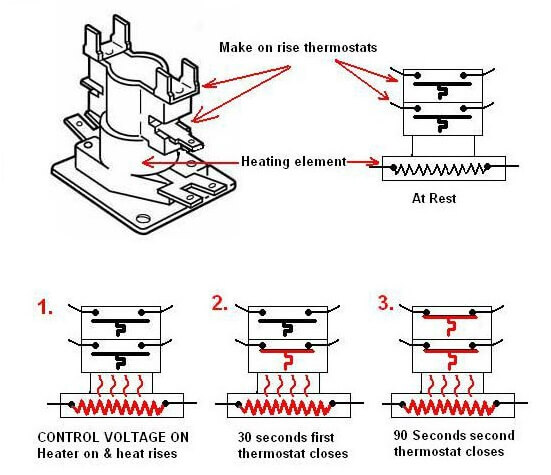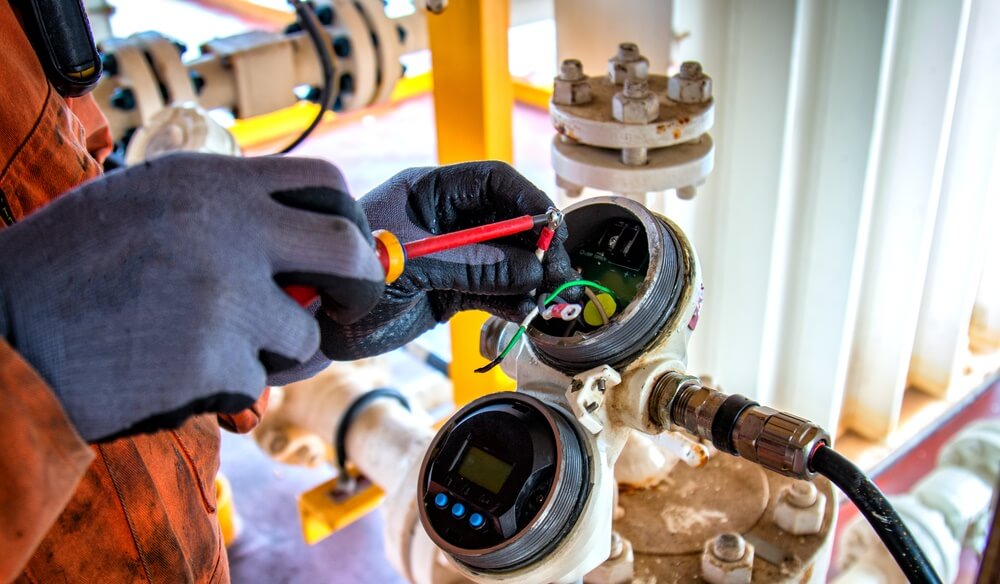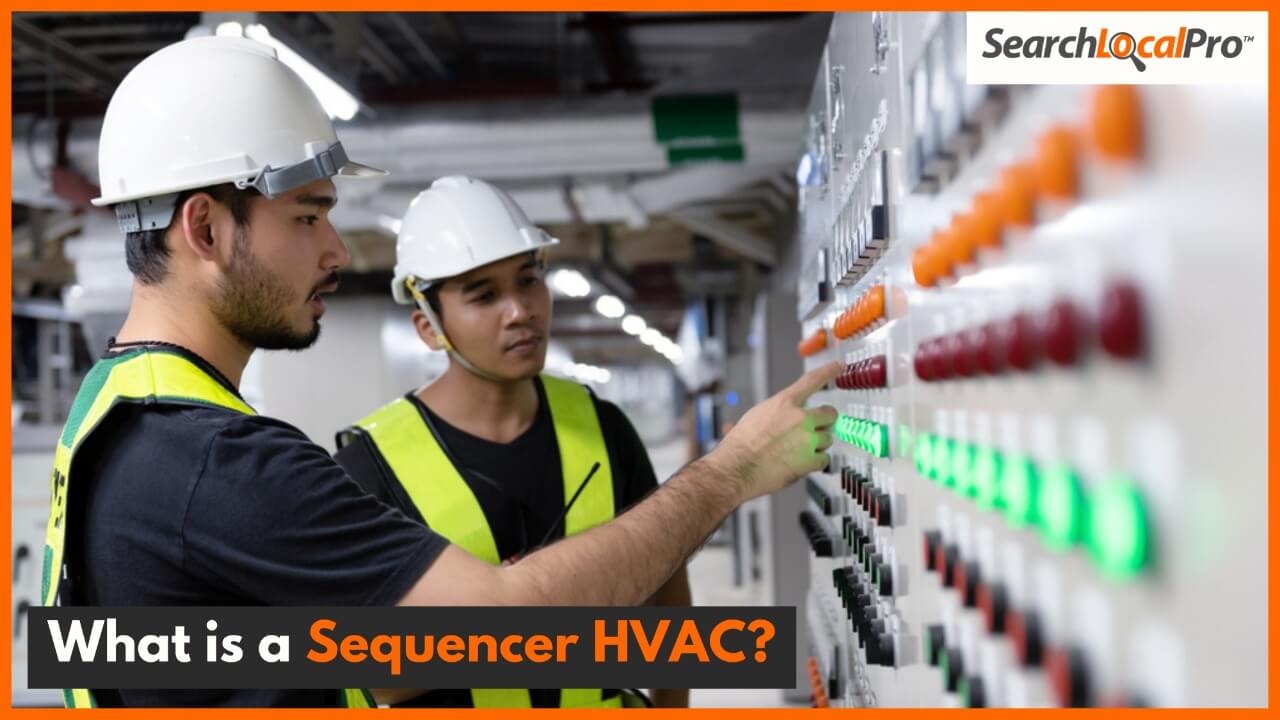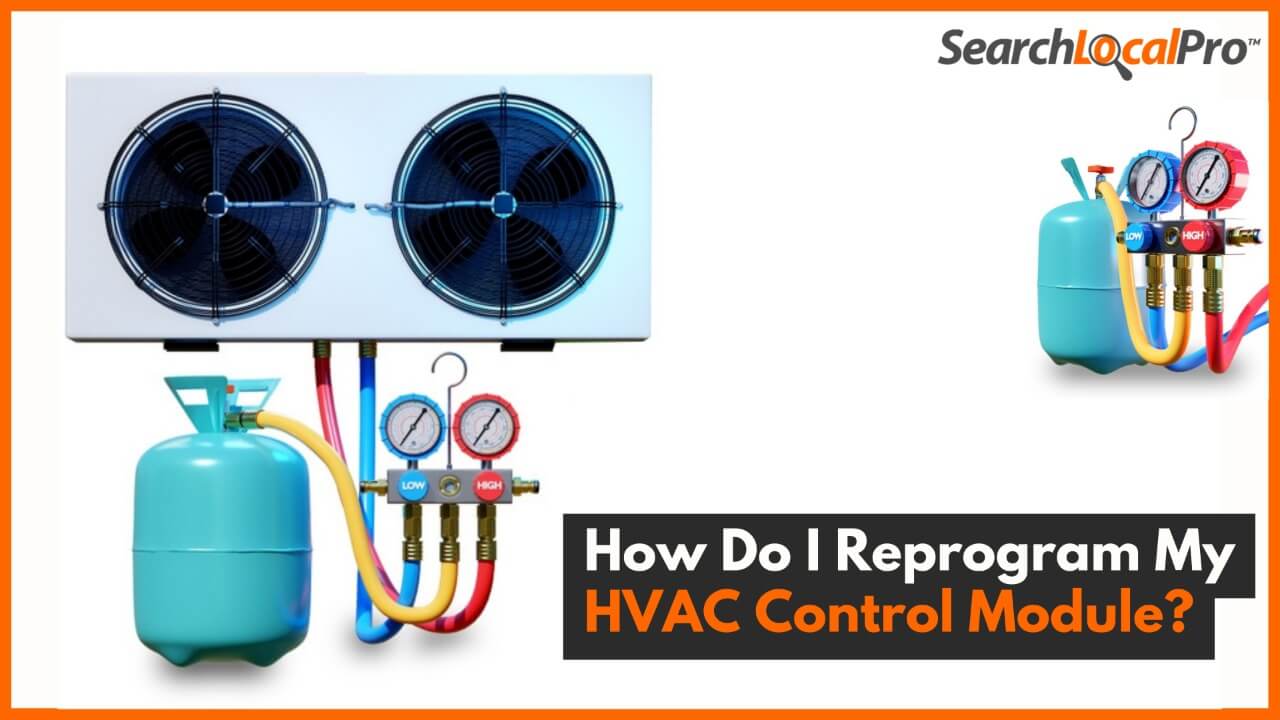Before you practically enter the HVAC professional life, getting to know and understand various procedures and systems might be critical for you. Whether you are looking for a quick solution or want a handful of information about “what is sequencer HVAC,” we have all the goodies.
Simply put, an HVAC sequencer is a component responsible for maintaining power load to keep the electrical systems of your HVAC unit and home appliances safe and secure.
Consequently, if you want to get a strong grip on this particular topic, dig a little more to find out how the sequencer works and what happens when it’s not installed.
Sequencer HVAC: A Rapid Rundown
A sequencer HVAC is a tiny circuit located in the electrical settings of the HVAC systems. It manages the working and functionality of different system components so the HVAC doesn’t get overloaded and switches down.
Almost in every HVAC system, the sequencer HVAC is used to manage and protect the components of the system.
The sequencer HVAC is quite heavy and built of strong metal. These components are constructed according to the size and type of HVAC they will be implanted, so their sizes vary accordingly.
The sequencer HVAC comprises two parts, connected with a middle piece. They are used in electrical pumps, motors, and furnaces.
How Does a Sequencer HVAC Work?

A sequencer HVAC enables the system to avail its power in segments one by one, resulting in a few of the components of the system being switched off while others are functional.
The HVAC sequencer is placed between the thermostat and heat-producing components. When you set the ideal temperature on your thermostat, and the room temperature rises or decreases, the thermostat makes the furnace turn on and start working.
However, instead of sending the current directly to the furnace components, the thermostat first sends the electric current to the sequencer. In the sequencer, multiple circuits resist the electric current to pass through all of them simultaneously.
The electric current passes through the first heating element, then moves to the next element, and then the path continues.
And this is how electric current passes through one component at a time, resisting the overheating factors and creating pressure on the system.
By this, neither all of the system would be working at a time nor continuously, and hence there would be no overloading of the system resulting in tripping of a circuit breaker or malfunctioning of the HVAC components.
In short, it always provides a way for the HVAC system parts to cool down continuously. And this is precisely the reason why it is a mandatory part of every HVAC repair checklist.
Although the delay in the intervals is only a few seconds, this delay is enough for the system’s proper functioning.
What if an HVAC System Doesn’t Have a Sequencer Installed?
The benefits of sequencer HVAC are limitless. From increasing life span to easy replacement and repair, the sequencer is one of the most significant components of an HVAC system.
However, having no HVAC sequencer can put a lot of pressure on your system. Suppose all the electric activity comes at a time on your system and keeps them running continuously unless the system is off. In that case, your system will be overheated, resulting in a short life span, tripping of the circuit, damage to the components, or lower working potential.
Mostly, the HVAC systems come with a built-in sequencer, but they can be easily installed in the system with the help of a certified HVAC technician.
Moreover, the sequencers are usually replaced instead of repaired, as they are inexpensive and simple.
Benefits of Using a Sequencer HVAC?
- It saves the electricity supply on many HVAC components and decreases power bills.
- It provides components with a way to power off and cool down, so the loss of HVAC systems’ parts is decreased.
- The HVAC components don’t get overloaded or overheated as the sequencer manages the supply and working.
- With a sequencer HVAC system, the chances of tripping the circuits or blowing or burning the motors are lessened.
- The life span of the HVAC systems part is increased due to proper and maintained workload.
Signs that Sequencer HVAC is Not Working

The sequencers are small devices hidden deep inside the HVAC wires and coils, and a non-technical person cannot find them. Even if they stop working, a non-HVAC-concerned person can not simply diagnose it.
However, there are certain signs your HVAC system might be showing that indicate the problems with the sequencer. So, let’s have a look at a few of them:
- If your heating system is turned on for a long time, but there is no rise in the room’s temperature, your HVAC heat sequencer might not be working. The same scenario is for the cooling HVAC system.
- If your circuit breaker is tripping multiple times a day. Even if you set your circuit and still trip after working for a short time, a malfunctioning sequencer HVAC system might be a reason.
- When your furnace or other HVAC components are not working correctly. It happens when the first coil of the system heats or cools down, as the latter doesn’t get a signal.
FAQs: Quick Solution to Your Queries
What are the symptoms of a bad heat sequencer operation?
A malfunctioned or non-working HVAC sequencer can be diagnosed when it doesn’t turn on, or the furnace is working, but there is no change in the temperature. Moreover, continuously tripping circuit breakers is also a sign.
Why is my heat sequencer HVAC stuck close?
Heat sequencers are stuck if their bimetallic switches are in an open or closed position. Moreover, excessive use in the summer seasons is also a reason behind failed HVAC sequencers.
How much will a sequencer replacement cost?
If your sequencer is damaged or malfunctioning, the replacement can cost around $300.
Final Thoughts
So, before we wrap our article and end this discussion, let’s do a quick review!
An HVAC sequencer is a small device that controls the current supply to the components of the system by controlling and resisting the power flow.
It is one of the most critical built-in components of an HVAC system and is beneficial for increasing lifespan, efficiency, and working capability.
However, a damaged or non-functional sequencer can result in glitches in the system’s working. Therefore, if you notice any signs or changes in your HVAC’s working, schedule a visit with your HVAC technician.




